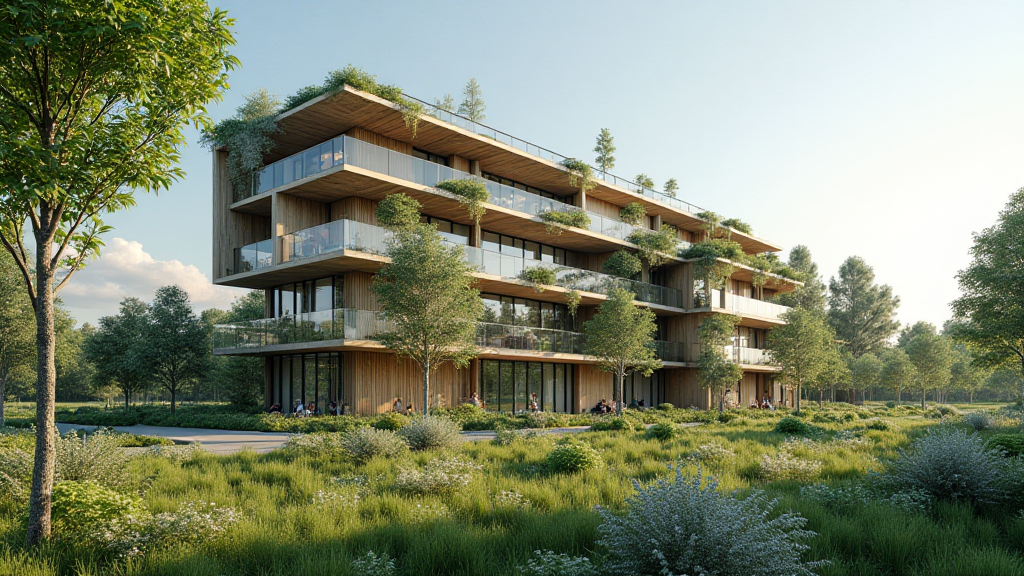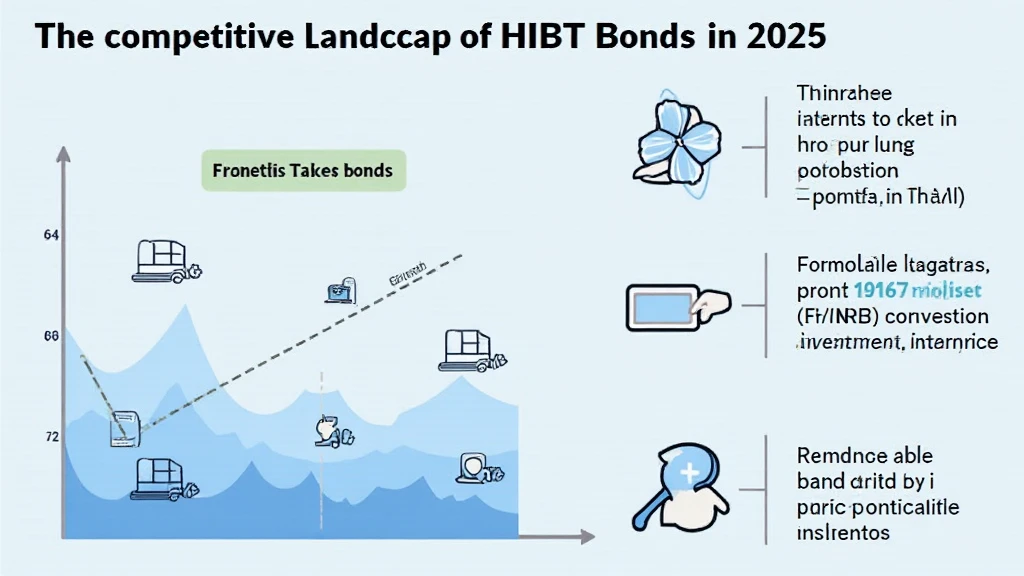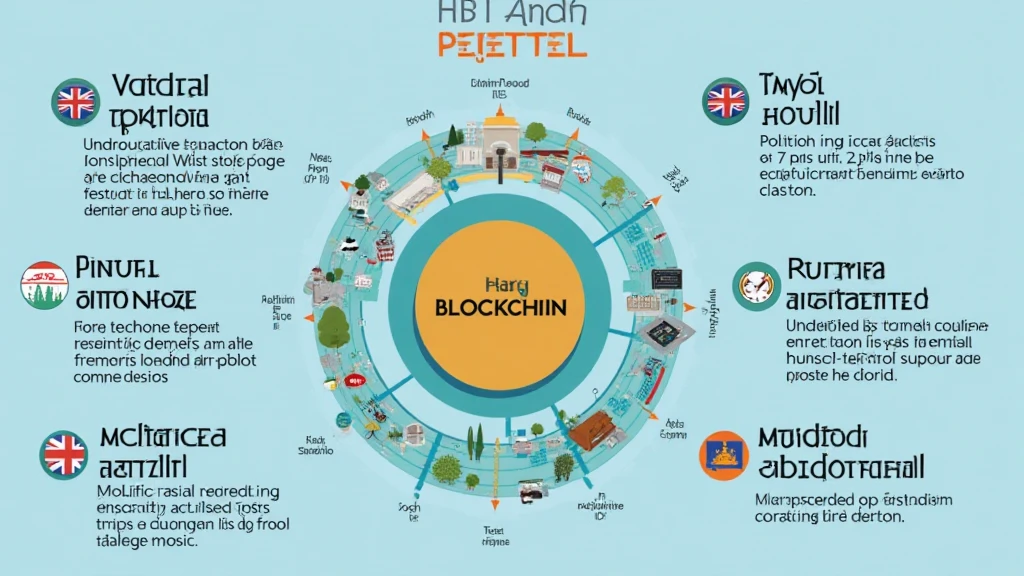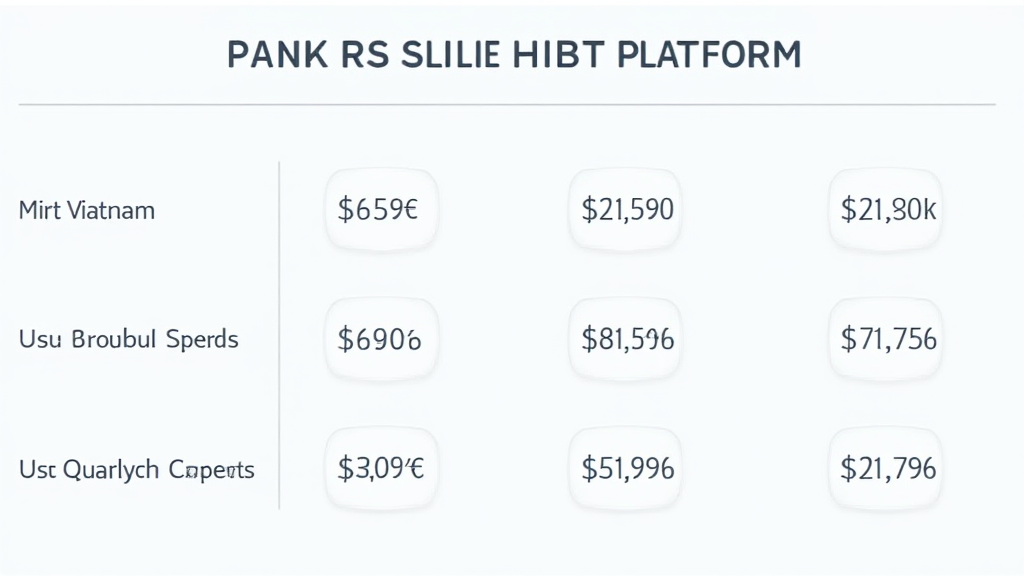Introduction to LEED Certified Properties
With the global market for green buildings projected to reach $650 billion by 2025, understanding LEED certified properties is crucial for real estate investors and developers alike. The demand for eco-friendly buildings is surging, and properties that meet LEED certification standards are leading the way. But what exactly does LEED mean, and why should you consider investing in these properties?
What is LEED Certification?
LEED, or Leadership in Energy and Environmental Design, is a widely recognized green building certification system developed by the U.S. Green Building Council (USGBC). It aims to promote sustainable building practices by providing a framework for constructing high-performance green buildings.
- **Reduction of Energy Consumption**: LEED certified properties use 20-30% less energy than conventional buildings.
- **Water Efficiency**: These buildings often feature water-efficient systems that can reduce water usage by up to 30%.
- **Sustainable Site Development**: LEED encourages the use of sustainable materials and site management practices.
The Importance of LEED Certified Properties
Investing in LEED certified properties offers multiple advantages, from financial incentives to increased occupancy rates. LEED properties often attract tenants who prioritize sustainability, thus ensuring consistent rental income. For instance, a study by Harvard University found that LEED buildings typically command a 7% rental premium compared to non-certified counterparts.

Benefits of LEED Certification
Here are some reasons why LEED certification can make financial sense:
- **Cost Savings on Utilities**: Annual utility costs can drop between 10-15% as a result of energy-efficient features.
- **Tax Incentives**: Many regions offer tax rebates for implementing green building strategies.
- **Market Differentiation**: LEED certification differentiates your property in a competitive market.
LEED Certification Process
Becoming LEED certified is not an overnight process. The certification levels include Certified, Silver, Gold, and Platinum, with each level requiring a specific number of points based on various sustainability factors.
- Registration: Register your project with the USGBC.
- Documentation: Compile and submit necessary documents demonstrating compliance with LEED standards.
- Review and Certification: USGBC reviews the application and determines the certification level.
Examining LEED in the Vietnamese Market
In Vietnam, sustainability is increasingly becoming a priority. The Vietnam Green Building Council has recognized the benefits of LEED and promotes its adoption among local developers. Statistics show that in 2022, Vietnam experienced a 15% growth rate in LEED certified projects, indicating a promising trend toward eco-friendly construction.
Local Impact of LEED Certified Properties in Vietnam
Utilizing LEED standards not only supports environmental goals but also significantly contributes to urban regeneration.
- **Enhanced Livability**: Improved air quality and natural light can lead to better health outcomes for residents.
- **Economic Benefits**: LEED properties attract higher investments and create jobs in sustainable sectors.
- **Community Engagement**: They serve as a platform for collaboration among stakeholders invested in sustainable development.
Future Trends in LEED Certification
The future of LEED certification looks bright as innovations in technology and sustainability continue to evolve. Some of the trends we can anticipate include:
- **Integration of Smart Technologies**: Increased use of IoT devices to monitor energy usage.
- **Focus on Resiliency**: Properties designed to withstand climate impacts such as flooding or severe weather.
- **Accessibility and Inclusion**: Greater emphasis on creating inclusive spaces that cater to diverse populations.
Conclusion
In conclusion, investing in LEED certified properties not only enhances the bottom line but also contributes to a healthier planet. By understanding the benefits, certification process, and emerging trends, property investors and developers can position themselves at the forefront of the green building movement. As sustainability becomes a cornerstone of real estate in the coming years, the relevance of LEED certification cannot be overstated. Remember, making environmentally conscious choices today will shape our communities for generations to come. For more insights, visit My Crypto Dictionary.





